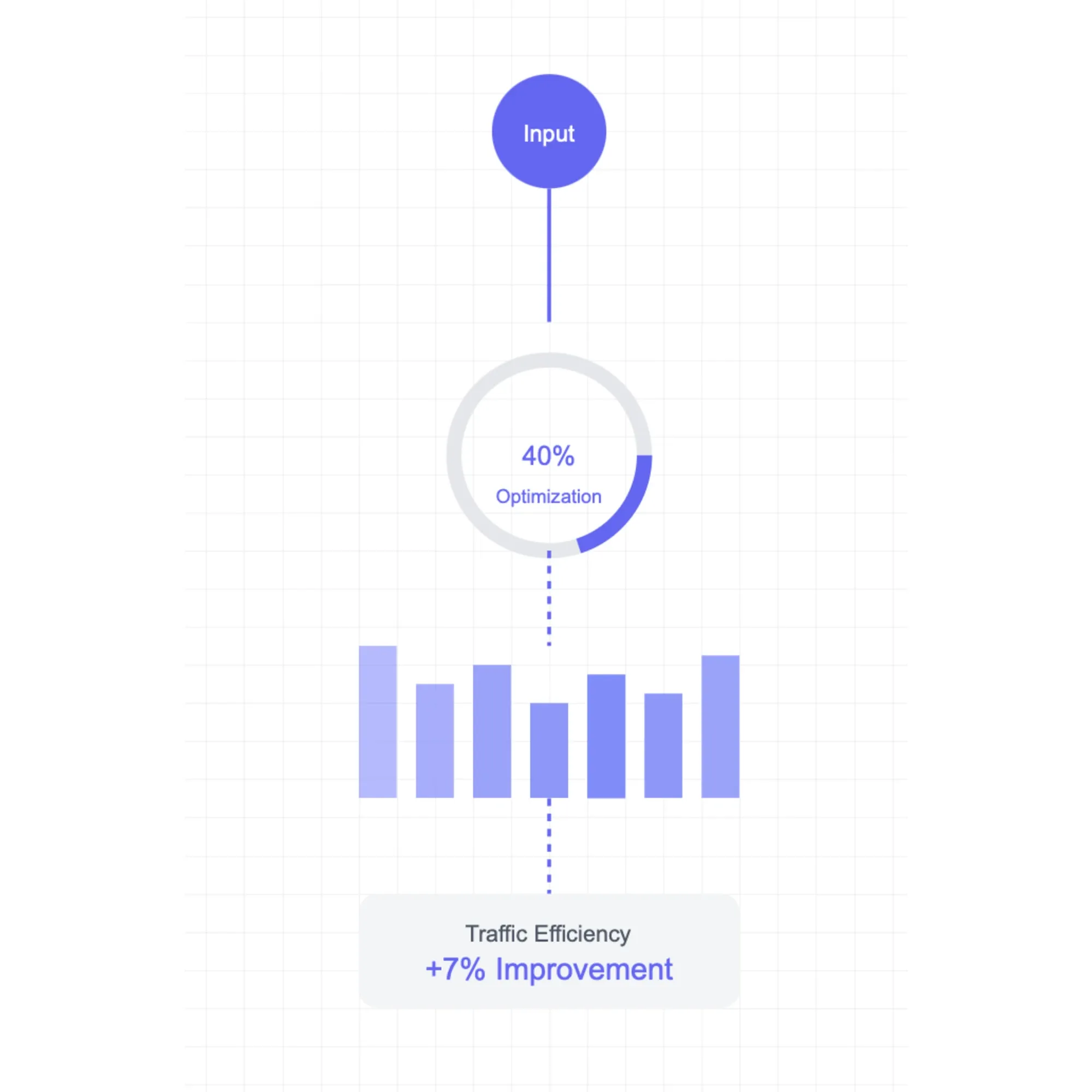Triplelift joins Amazon's traffic engine to optimize ad requests
Partnership aims to reduce unnecessary bid processing through advance demand signals from Amazon Ads.

TripleLift announced its early participation in Amazon Ads' Dynamic Traffic Engine beta on February 4, 2025, marking a strategic initiative to enhance programmatic advertising efficiency. The partnership addresses growing challenges in managing the increasing volume of programmatic ad supply, which has expanded 2.3 times between 2020 and 2023.
According to Koto Ayodeji, Senior Director of Business Development at TripleLift, the collaboration eliminates the need for complex predictive models traditionally used to determine which traffic to forward to demand-side platforms. Instead of relying on historical bidding behavior data, TripleLift now receives direct signals from Amazon Ads about upcoming traffic requirements.
Hans Cho, Principal Product Manager at TripleLift, highlighted the practical implications of this approach. "Amazon Ads' Dynamic Traffic Engine streamlines SSP traffic shaping, providing a practical approach to improving efficiency in programmatic buying," Cho stated. The system enables TripleLift to adapt proactively to shifting market dynamics through a technological framework for real-time communication.
The implementation addresses a fundamental challenge in programmatic advertising. Previously, TripleLift had to calculate the potential value of each impression opportunity before forwarding it as a bid request. This process involved complex calculations considering various DSP-specific requirements, including traffic volume limits and preferences related to different types of traffic such as video content or regional targeting.
TripleLift's integration with the Dynamic Traffic Engine complements existing traffic shaping solutions while reducing reliance on expensive data modeling. The collaboration aims to improve Query Per Second (QPS) capacity utilization, benefiting multiple stakeholders in the supply chain including brands and publishers.
The partnership demonstrates TripleLift's commitment to supply efficiency. By receiving advance updates on Amazon Ads' upcoming traffic needs, TripleLift can optimize its traffic forwarding decisions. This approach not only reduces unnecessary processing but also contributes to reducing carbon emissions through more efficient use of computing resources.
Technical implementation focuses on receiving and acting upon Amazon's traffic requirement signals. Rather than analyzing historical bidding patterns to predict future demand, TripleLift now receives direct communication about which types of traffic will likely generate impressions in upcoming periods. This streamlined approach reduces the computational overhead previously required for complex prediction models.
The collaboration represents a shift from reactive to proactive traffic management. Instead of TripleLift attempting to "guess" optimal traffic patterns through analysis of past behavior, Amazon Ads now provides advance insights about specific traffic types that align with advertiser demand. This direct communication channel enables more precise traffic shaping decisions.
TripleLift's involvement in the beta program indicates growing industry recognition of the need for more efficient programmatic advertising processes. As programmatic supply continues to outpace demand budget growth, solutions that optimize traffic flow become increasingly critical for maintaining system efficiency.
The partnership aims to establish new standards in supply efficiency. By participating in the Dynamic Traffic Engine beta, TripleLift positions itself at the forefront of efforts to streamline programmatic advertising operations while reducing unnecessary computational load across the digital advertising ecosystem.
Industry observers note that this collaboration could influence future approaches to traffic optimization across the programmatic advertising landscape. The direct sharing of demand signals between DSPs and SSPs may become a standard practice as the industry seeks to address efficiency challenges in programmatic advertising operations.
Initial results from the implementation demonstrate improvements in traffic efficiency, though specific performance metrics for TripleLift's integration have not been publicly disclosed. The company continues to evaluate the system's impact on various operational metrics, including processing costs and impression fulfillment rates.

